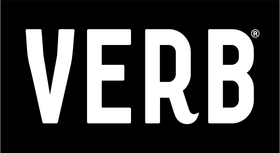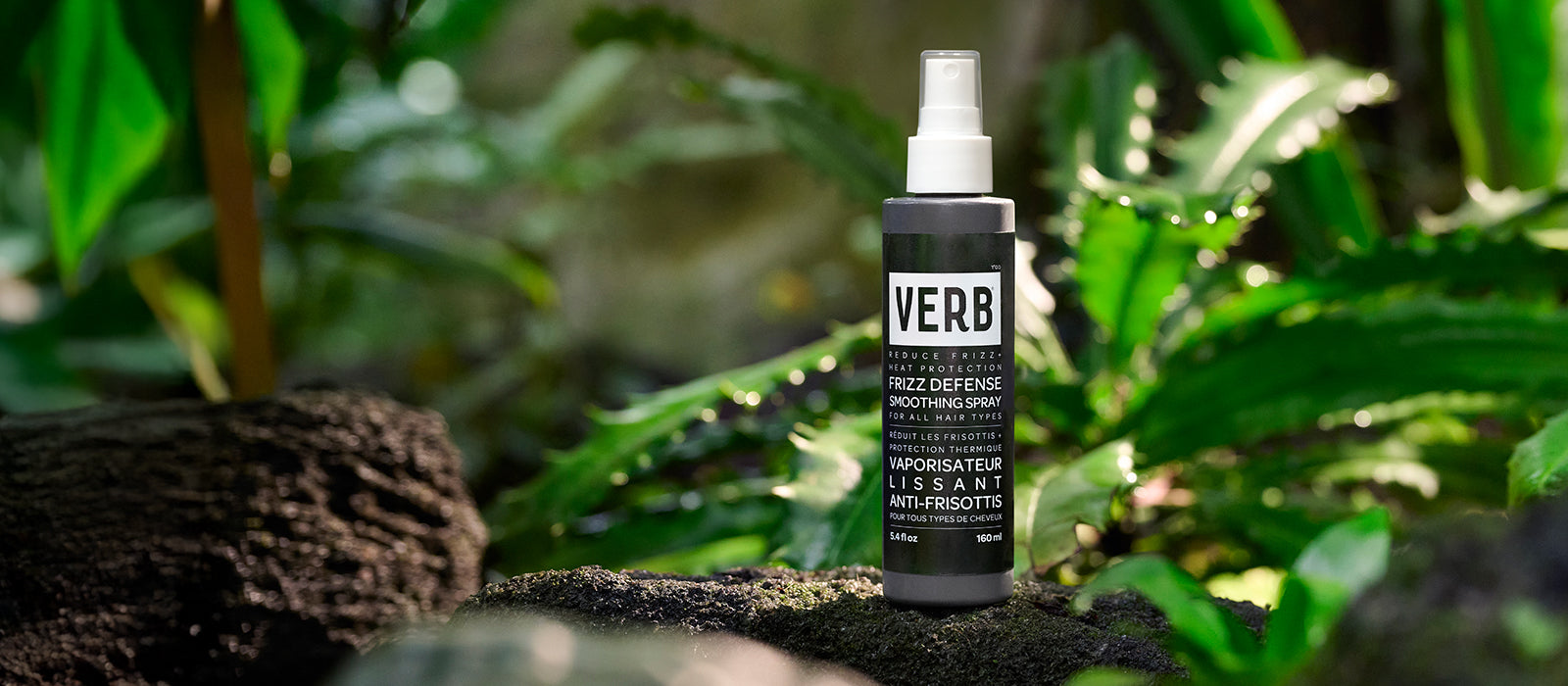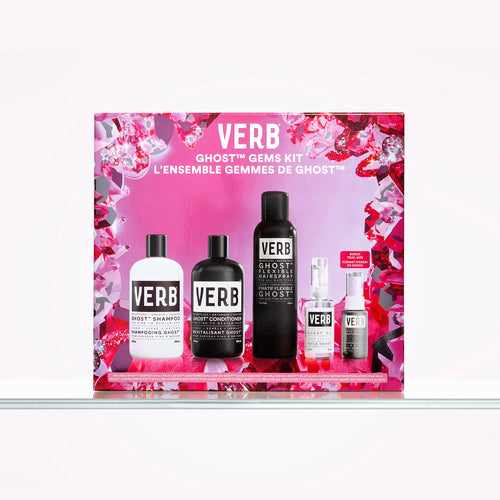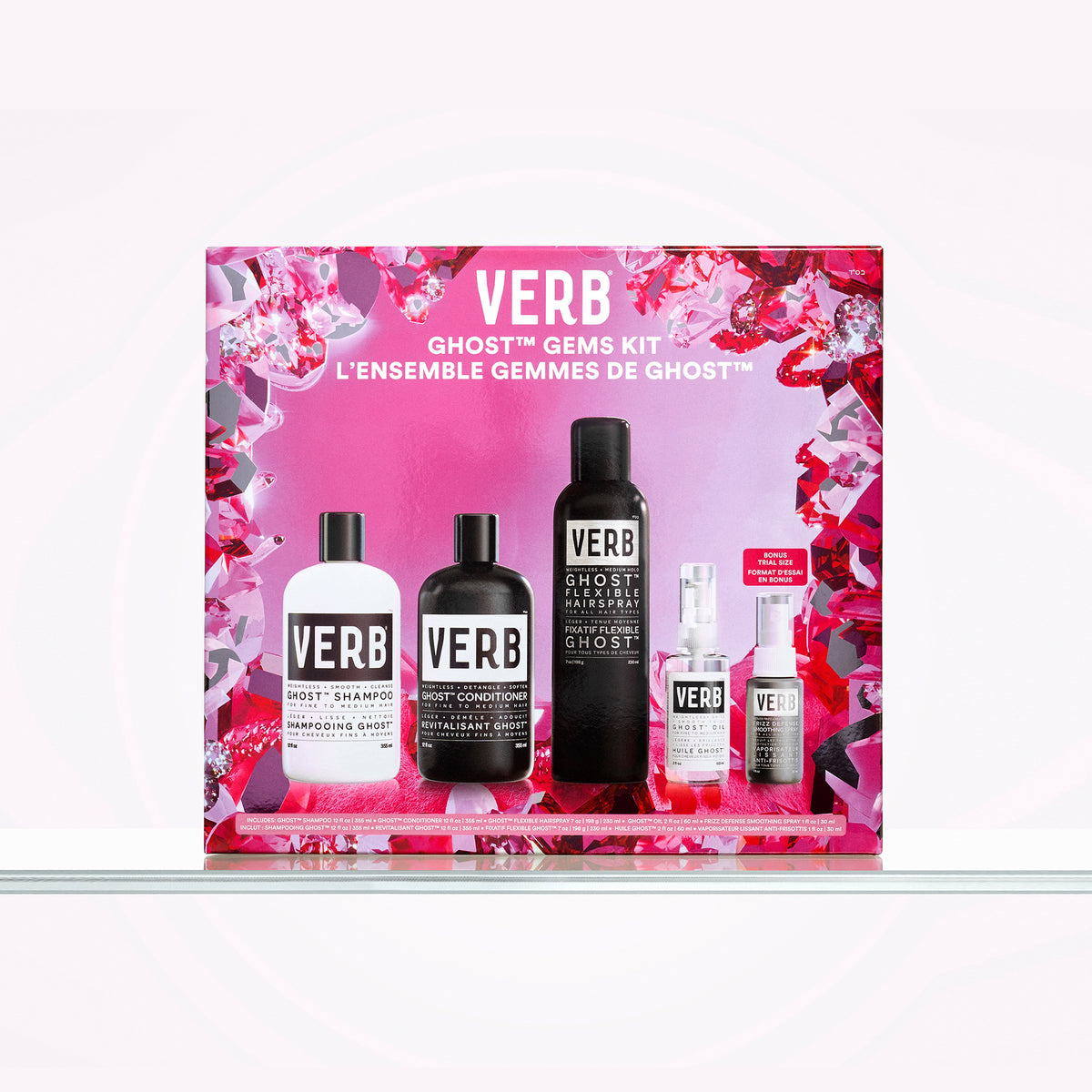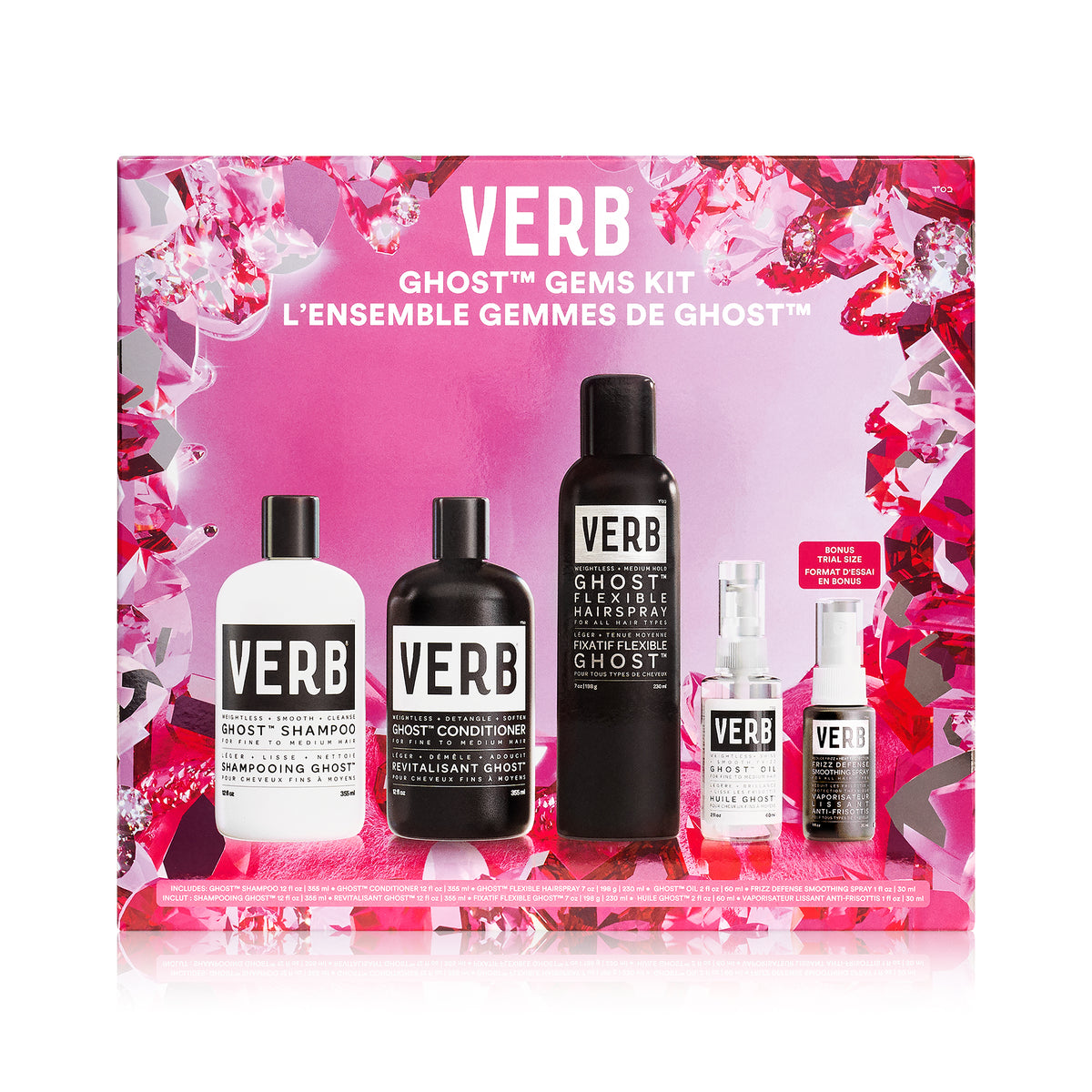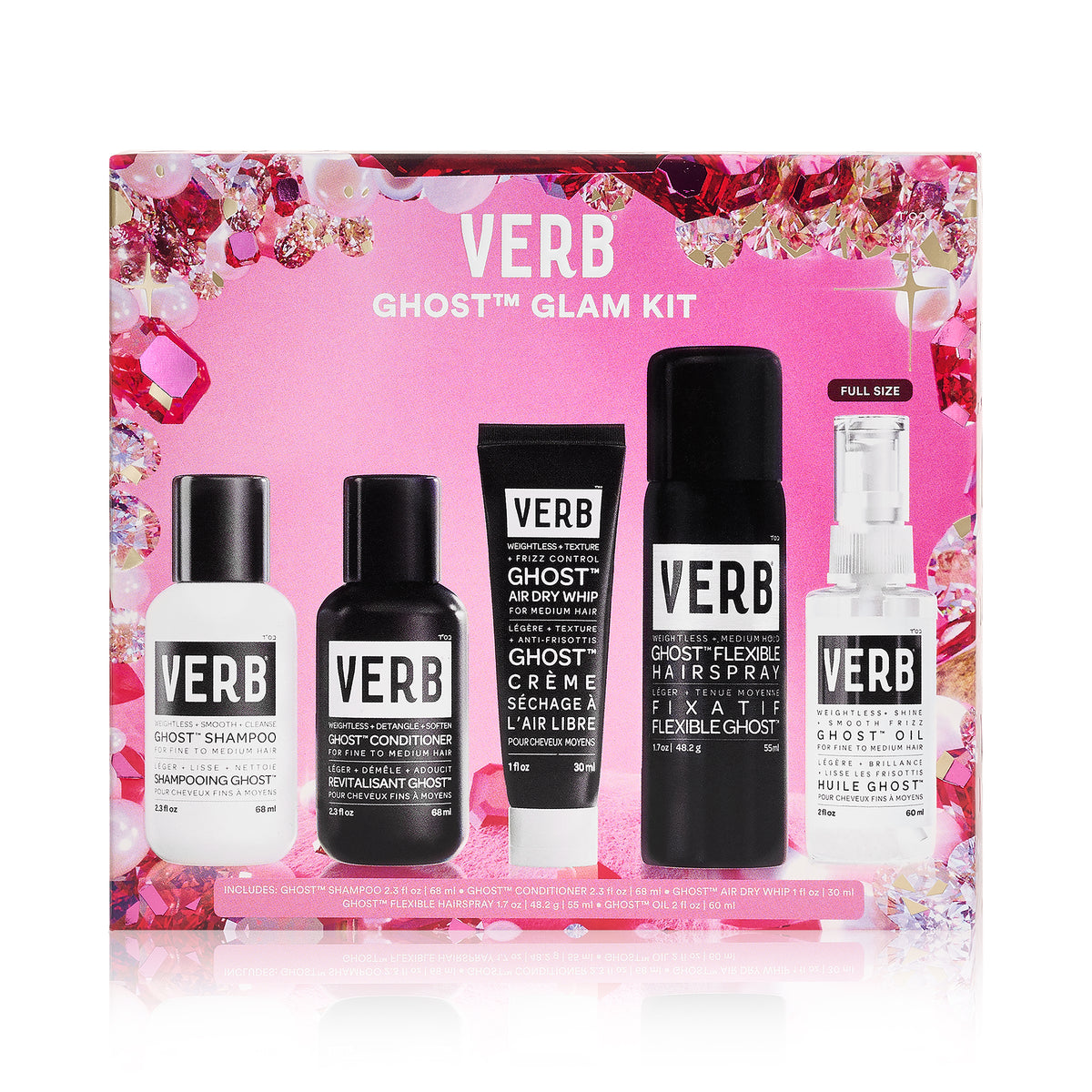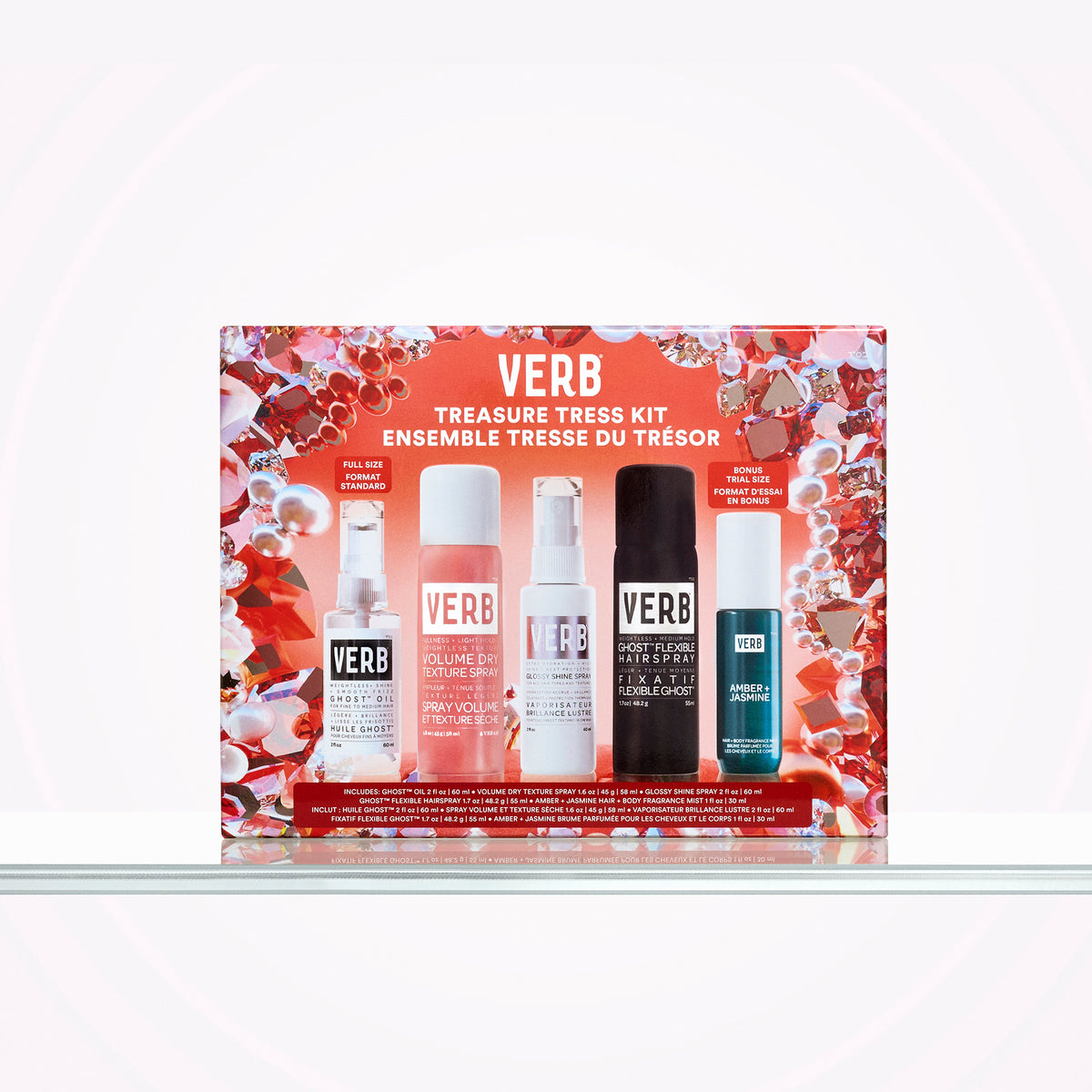We know how frustrating and difficult to manage dandruff can be. Those tiny flakes can show up out of nowhere, refusing to go away. We've covered the basics of what dandruff is in a previous article, but what about getting rid of it?
Where does dandruff show up?
Dandruff doesn’t just affect your scalp — understanding where dandruff can appear is the first step in tackling it effectively.
Scalp
The scalp is the most common place to see dandruff. With all of the hair follicles and oil-producing sebaceous glands, it’s a perfect environment for the fungus Malassezia to flourish. An overproduction of this yeast-like fungus is precisely what causes dandruff.
Eyebrows
Dandruff can appear on your eyebrows too. The skin under your brows can become dry, itchy and flaky, just like your scalp. Those small, white flakes might not be as noticeable as scalp dandruff, but they can still be a nuisance.
Facial hair
If you have facial hair, dandruff in your sideburns, mustache or beard can be particularly bothersome. The same factors that cause scalp dandruff can affect your facial hair, including dry skin, sensitivity to hair products and Malassezia. So when we talk about dandruff solutions, remember that many of them can be adapted for facial hair too!
How to get rid of dandruff
Getting rid of dandruff requires a targeted approach. Here are some items to help you banish those flakes:
Scalp exfoliator
Just like your face, exfoliating your scalp can help remove dead skin cell buildup. Look for a scalp exfoliator that is gentle yet effective.
- Exfoliation helps clear off dead skin cells that can contribute to flaking and itching
- Removing buildup gives your hair follicles room to breathe
- A clean, exfoliated scalp is better able to absorb the beneficial ingredients in your anti-dandruff products
Be careful not to over-exfoliate, though. Once a week is usually enough for most people.
Dandruff shampoo
Anti-dandruff shampoos are the heavy hitters in your lineup — but not all are created equal. Here's are some good ingredients to look for:
- Zinc PCA: A zinc-based ingredient that this works to regulate sebum production so your scalp doesn't become too oily or too dry (and is soothing for sensitive skin).
- Salicylic acid: Primarily an exfoliant, salicylic acid can help remove scales and reduce flaking.
- Clary sage oil: Helps balance the natural oils on your scalp and reduces scalp irritation and inflammation.
- Ketoconazole: Another antifungal that's particularly effective against stubborn dandruff.
- Selenium sulfide: Slows down the death of skin cells on your scalp and may also have antifungal properties.
- Zinc pyrithione: Antifungal and antibacterial agent helps reduce the Malassezia yeast that can cause dandruff.

try our new
dandruff shampoo
reduces the recurrence of
dandruff symptoms like
flakes, itchiness and irritation
When using these shampoos, be sure to let them sit on your scalp for a few minutes before rinsing to allow the active ingredients time to work their magic. And don't forget — consistency is key! Regular use is often necessary to keep dandruff at bay.
Home remedies to get rid of dandruff
Sometimes, the best remedies are found right in your kitchen. Here are some natural solutions that can help you tackle dandruff.
Moisturizing natural oils
Natural oils like tea tree oil and coconut oil can work wonders for dandruff. Tea tree oil has antifungal properties that can help reduce dandruff, while coconut oil moisturizes and soothes the scalp. Simply warm the oil of your choice and massage a few drops into your scalp, letting it sit for a few hours before washing it out.
Aloe vera
Aloe vera is packed with vitamins, minerals and amino acids that nourish your scalp and hair. Applying fresh aloe vera gel to your scalp and letting it sit for 30 minutes before washing it off can reduce itching and flaking, leaving your scalp feeling refreshed.
Apple cider vinegar
Apple cider vinegar is another home ingredient that has antimicrobial properties to help fight dandruff. Mix equal parts apple cider vinegar and water and use it as a rinse after shampooing. The smell might be strong, but it dissipates as your hair dries.
Baking soda
Baking soda can act as a gentle exfoliant for your scalp. Sprinkle some baking soda on your wet scalp or make a paste with baking soda and water and massage it in for a few minutes before rinsing thoroughly. Start with once a week and see how your scalp responds (some people might find it too drying if used too often).
Other tips for dandruff
In addition to treatments, there are some lifestyle changes you can make to help manage dandruff:
Gently wash
Washing your hair frequently can help remove flakes and keep your scalp clean. But be gentle and avoid over-washing or using harsh shampoos that can dry out your scalp. Use lukewarm water and a gentle, sulfate-free shampoo. For most people, washing every other day or every two days with lukewarm water is ideal. Focus on massaging your scalp gently with your fingertips, which helps remove flakes and stimulate circulation without causing irritation.
Foods to avoid
Foods high in sugar and dairy can sometimes exacerbate dandruff, so try to limit your intake of these items. Avoid processed foods and those high in unhealthy fats, as they can lead to inflammation and dandruff. Instead, add zinc-rich foods like pumpkin seeds, chickpeas and lean meats to support skin health. Omega-3 fatty acids found in fish, flaxseeds and walnuts may help reduce inflammation as well.
Avoid scratching
Scratching can make dandruff worse by irritating your scalp. Resist the urge to scratch and instead, gently massage your scalp with your fingertips. Keeping your nails trimmed short can also reduce damage if you do scratch. Using anti-itch sprays or applying a cold compress to your scalp can help calm the itchiness.
Give treatments time to work
Be patient with your dandruff treatments. It can take a few weeks to see results so give each treatment a fair chance before switching to a new one. Follow the instructions on the product and use it consistently. If you don’t see improvement after several weeks, consider consulting a dermatologist for advice. Sometimes, a combination of treatments is needed to effectively manage dandruff.
- Week 1-2: You might start to notice less itching
- Week 3-4: Visible flaking should start to decrease
- Week 6-8: Typically when you'll see the full effects of a treatment
Dandruff is not one-size-fits-all
Lastly, what works for one person might not work for another (there are different types of dandruff with different causes). Don’t get discouraged if a treatment doesn’t work right away. Experiment with different options to find what works best for you. It might take some trial and error to discover the most effective solution for your dandruff.

color-safe
sulfate-free
made with salicylic acid,
zinc pca and clary sage oil
Address scalp flaking with Verb® Dandruff Shampoo
Dandruff can be a stubborn problem, but with the right approach and a little patience, you can manage it effectively. Whether you opt for commercial products, home remedies or a combination of both, there are plenty of options to help you achieve a flake-free scalp and beautiful, healthy hair.
When it comes to fighting stubborn dandruff, sometimes you need a product that goes above and beyond. Verb® Dandruff Shampoo is a game-changer:
- Gentle yet effective: Strikes the perfect balance between fighting flakes and nourishing your hair.
- Science-backed ingredients: Combines proven anti-dandruff agents with natural moisturizers to soothe your scalp and leave your hair looking healthy.
- Clinically-proven results: Significantly reduces dandruff after just one use* and reduces the recurrence of dandruff symptoms*
*based on a 21-day clinical study of 30 participants
